If there comes a time when you have to abandon your house, an emergency probably won’t give you enough time to gather essentials and take steps to limit property damage. Getting all of your ducks in a row before disaster strikes is the best course of action.
How to Get Ready Now
Evacuations in the U.S. are more common than most people realize, according to FEMA. Natural disasters aside, people are forced to leave their homes hundreds of time a year because of transportation and industrial accidents.
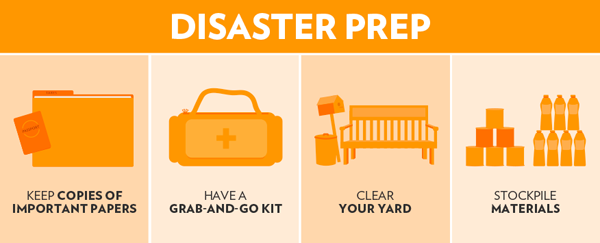
Here’s a list of things you can prepare now in case your home is ever in harm’s way:
- Have a grab-and-go kit. Include essential supplies, such as water, food, and first-aid supplies.
Related: What to Put In Your Emergency Preparedness Kit
- Have copies of important papers. Keep these in a plastic, waterproof case. FYI, this stuff is priceless, because you may need to prove who you are and that you own your house. Include:
- Your driver’s license.
- The deed to your house.
- Proof of insurance.
- Medical records.
- Passports.
- Social security cards.
- A list of personal contacts.
- Safeguard pets. Make sure they’re micro-chipped and have I.D. collars. Create pet grab-and-go kits that include leashes, medications, meal bowls, and three days worth of food and water.
- Prep your yard. Maintain your trees and shrubs so diseased or weakened branches won’t fall down and damage your property.
- Know your utility shutoffs. Learn now how to safely shut off all utility services in your home. FEMA has tips for shutting off electricity, water, and gas. Note: To turn off gas you may need a special wrench.
- Stockpile sandbag materials. If you live in a flood prone area, keep sandbags on hand or the materials to make them. It takes 100 sandbags to create a 1-foot-tall wall that’s 20 feet long. If you’re filling bags on the fly, two adults can create the wall in about an hour.
- Protect windows. If you live in an area susceptible to hurricanes, install shutters that are rated to provide protection from windblown debris.
When It’s Time to Evacuate
Before you pick up and go (and if you have enough time) follow these steps — they’re designed to protect your pets and help prevent property damage:
- Clear your yard. Remove any objects hanging on trees or your home’s exterior, such as birdhouses and wind chimes — they can break off in high winds and cause serious damage. Bring inside anything that’s not nailed down including lawn furniture, trashcans, toys, and garden equipment.
- Shut off utilities. Turn off electricity, water, and gas. Doing so will help prevent additional dangers including flooding, fire, and explosions. Keep in mind, you’re going to need the utility company to turn your gas back on when you return home.
- Windproof windows and doors. If you don’t have storm-proof shutters, fit plywood coverings over all windows. (FYI, using just tape on windows is not recommended because it will not stop windows from breaking, just shattering.)
- Protect indoor stuff. Move valuables to higher levels in your home to prevent water damage. As an extra measure, wrap electronics and furniture in sheets, blankets, or plastic drop cloths.
- Gather up pets. If it’s not safe for you to stay, it’s not safe for Fido. Make plans to stay with friends or at a pet-friendly hotel — most emergency shelters will only accept service animals that assist people with disabilities.
- Lock your house. Because crooks and looters take advantage of evacuations, lock all doors and windows and don’t leave house keys in an obvious place, such as a mailbox.
Important Stuff to Remember
Whether the order is voluntary or mandatory, if officials in your area tell you to evacuate, you should do so before things get worse. Although laws vary from area to area, you may receive a hefty fine or face a jail sentence if you don’t follow a mandatory evacuation order.
Failure to follow an evacuation order can place your life in danger by leaving you stranded in an area with no basic services or food and water.
When you return home after an emergency, don’t use matches, lighters, or any sources of flame or spark until you’re 100% certain that you don’t have a natural gas leak inside your home — you’ll need a gas company service technician to confirm that it’s safe.
Stay Informed with Emergency Alerts
Smartphone technology has made it easier to receive disaster alerts free of charge. You’ll automatically receive alerts if you have a phone capable of receiving Wireless Emergency Alerts (WEA) and your wireless carrier participates in the program. To find out if your mobile device is capable of receiving WEA alerts, contact your mobile device carrier or visit CTIA – The Wireless Association.
Related: Preparing Your Home for a Natural Disaster


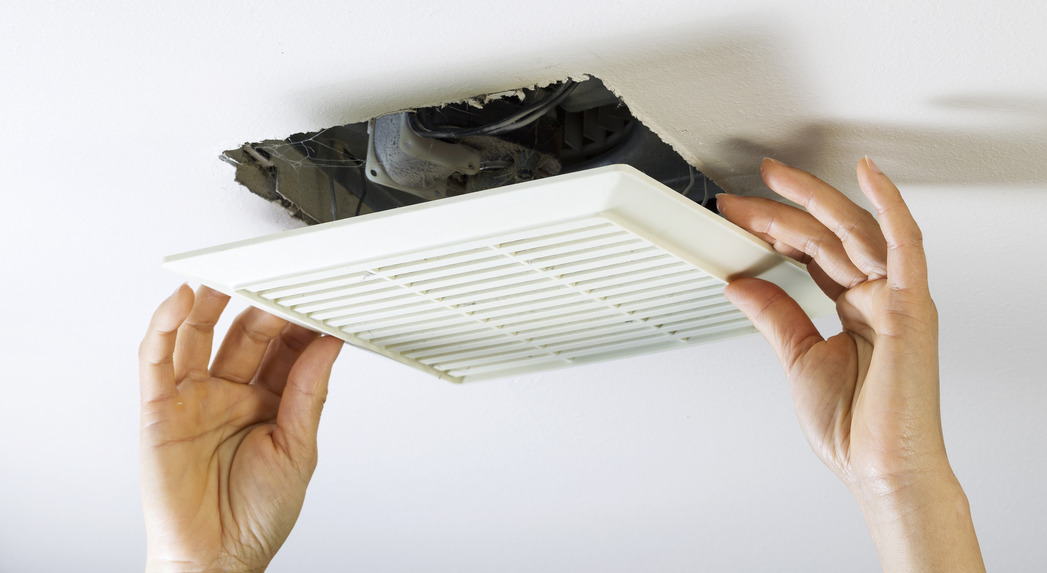
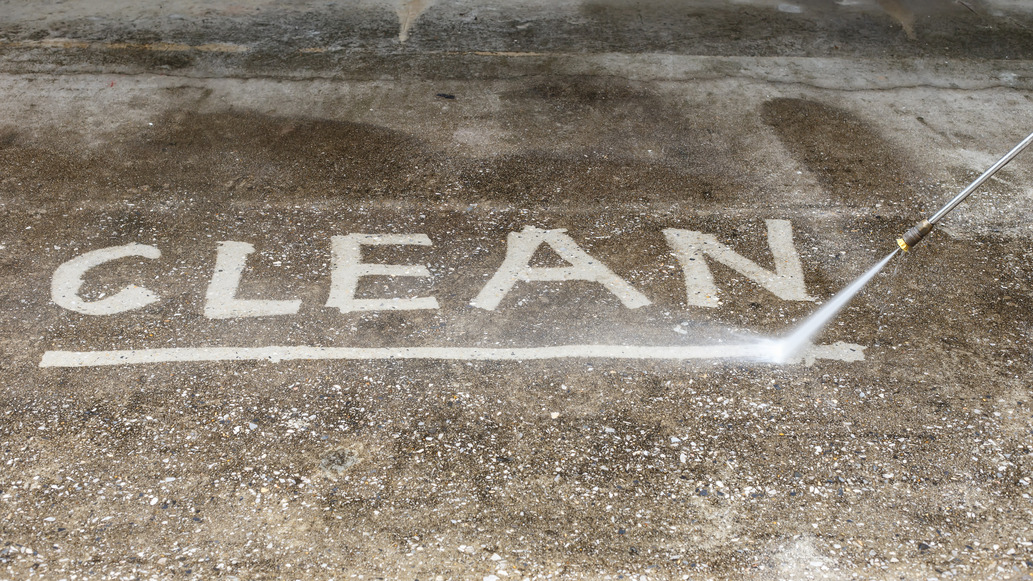


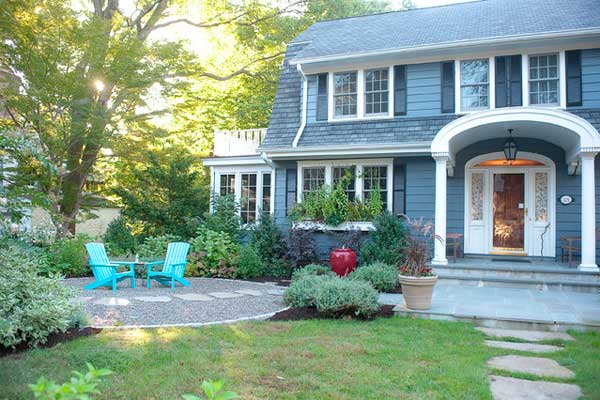 Image: Westover Landscape Design, Inc.Lawns are classic suburbia; they’re also classic maintenance time-sucks. Good-looking patios, on the other hand, don’t need mowing, watering, or fertilizing. Ever. Be a trend-setter and put one in your front yard for you to enjoy and your neighbors to envy. A professionally installed brick or flagstone patio runs $15 to $18 per square foot.
Image: Westover Landscape Design, Inc.Lawns are classic suburbia; they’re also classic maintenance time-sucks. Good-looking patios, on the other hand, don’t need mowing, watering, or fertilizing. Ever. Be a trend-setter and put one in your front yard for you to enjoy and your neighbors to envy. A professionally installed brick or flagstone patio runs $15 to $18 per square foot.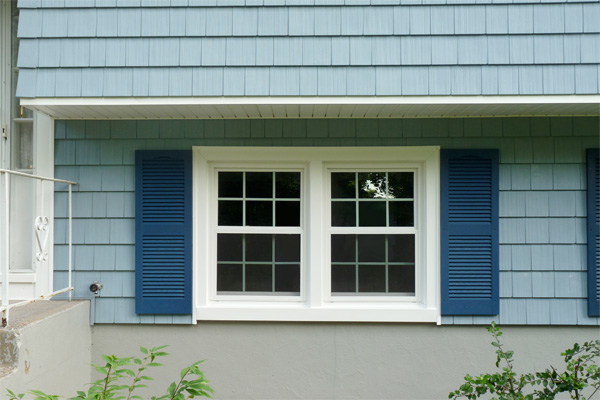 Image: Essex Home Improvements, Inc.Vinyl shakes look as beautiful as real wood but they won’t crack, rot, fade, or need periodic staining and sealing. Even better: At $2 to $7 per square foot, installed, they’re about half the price of real wood shakes. Lots of colors available. Did we say that bugs don’t like them, either? Well, they don’t!
Image: Essex Home Improvements, Inc.Vinyl shakes look as beautiful as real wood but they won’t crack, rot, fade, or need periodic staining and sealing. Even better: At $2 to $7 per square foot, installed, they’re about half the price of real wood shakes. Lots of colors available. Did we say that bugs don’t like them, either? Well, they don’t! Image: Bellingham from Cambria’s Waterstone Collection
Image: Bellingham from Cambria’s Waterstone Collection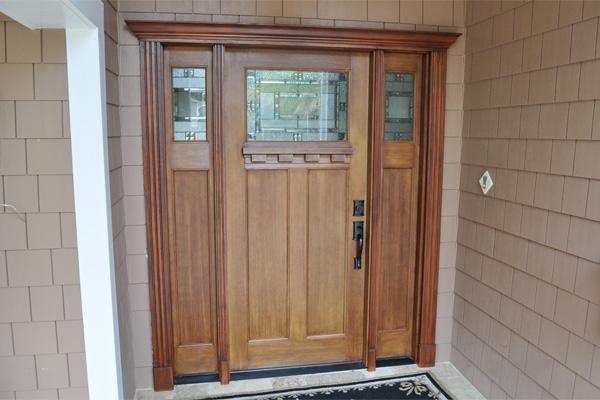 Image: Heckard’s DoorWhat looks like and feels as beautiful as wood, stains like wood, but never chips, warps, or cracks? Answer: fiberglass. All of which makes fiberglass an ideal material for high-style, low-fuss entry doors that mimic oak, mahogany, walnut, fir, and other woods. Average installed cost for this cool curb appeal upgrade: about $3,000.
Image: Heckard’s DoorWhat looks like and feels as beautiful as wood, stains like wood, but never chips, warps, or cracks? Answer: fiberglass. All of which makes fiberglass an ideal material for high-style, low-fuss entry doors that mimic oak, mahogany, walnut, fir, and other woods. Average installed cost for this cool curb appeal upgrade: about $3,000.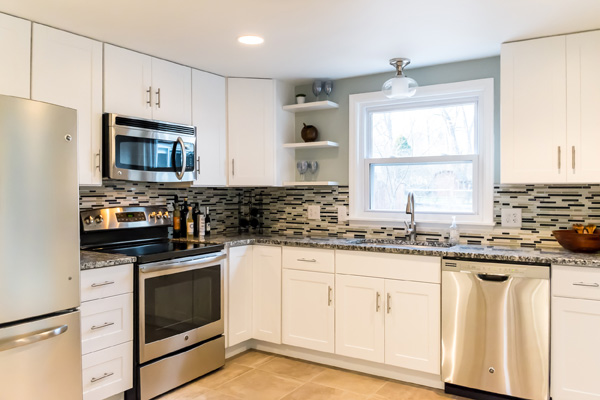 Image: Dwelling Studio / All Around Joe Construction
Image: Dwelling Studio / All Around Joe Construction Image: Takao NurseryIf you love a lawn but hate the upkeep, go alternative. Lush, green turf grasses are beautiful and specially formulated so they’ll grow well in various climates. Once established, turf grasses, like the buffalo grass shown here, require very little watering or mowing, and virtually no fertilizers or pesticides.
Image: Takao NurseryIf you love a lawn but hate the upkeep, go alternative. Lush, green turf grasses are beautiful and specially formulated so they’ll grow well in various climates. Once established, turf grasses, like the buffalo grass shown here, require very little watering or mowing, and virtually no fertilizers or pesticides.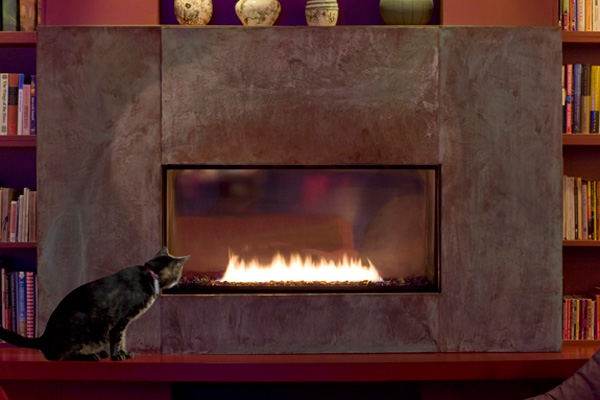
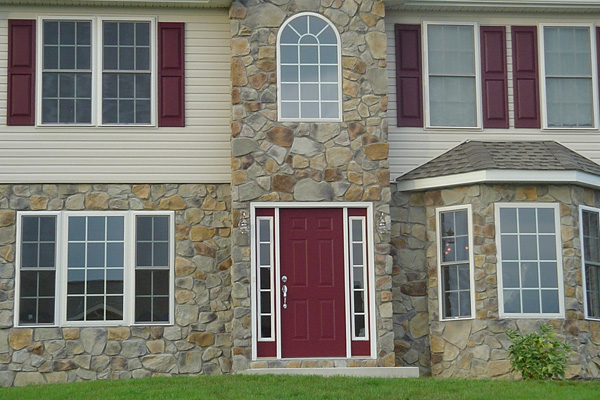 Image: Eldorado Stone
Image: Eldorado Stone